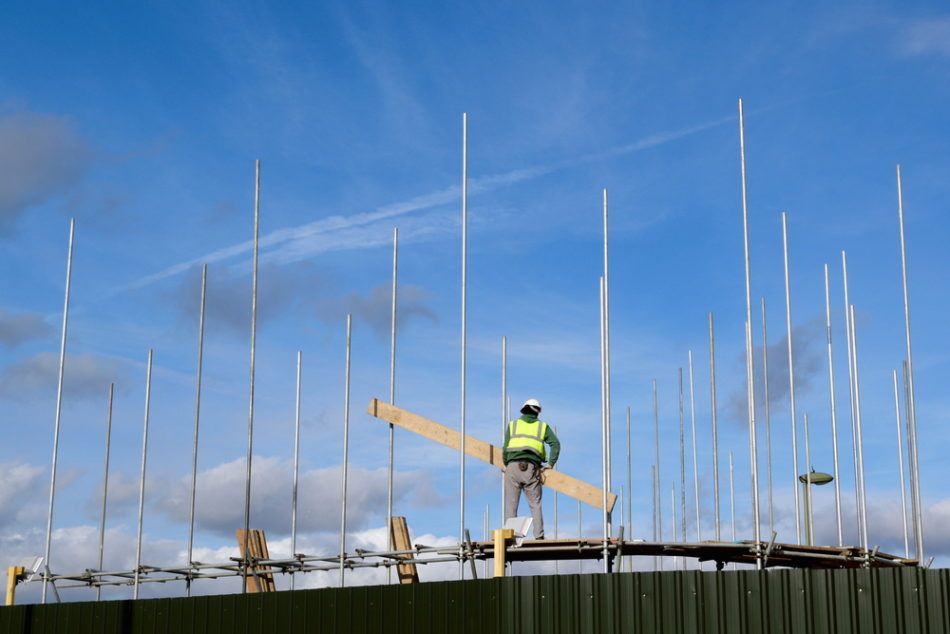The Top 4 Risks That Lone Workers Face (And How to Manage Them)
These are the four most common risks that lone workers face. What can employers do to mitigate the dangers? The Bureau of Labor Statistics recorded...
2 min read
 Tony Ridzyowski
:
Sep 27, 2016 5:30:00 AM
Tony Ridzyowski
:
Sep 27, 2016 5:30:00 AM
According to the U.S. Bureau of Labor Statistics, there are about three million non-fatal workplace injuries and illnesses reported every year. That equates to about 3.2 cases for every 100 full-time employees, many of which occur in manufacturing settings where the climate is just right for slip and fall accidents, back injuries, head and other injuries sustained from falling objects, and other such hazards.
In addition to the fact that you truly care about your workers and consider them friends, or even family, those accidents rack up substantial costs. Productivity is lost, the worker has to be replaced (at least temporarily), and the costs of your workers’ comp insurance goes up. Often, an accident means a visit from OSHA, plus the costs of any recommendations they make or fines they levy. All this assumes the worker doesn’t sue, which can mean many more dollars for legal fees, punitive damages, and any compensation the court awards them.
For the overwhelming majority of manufacturers, it’s much easier and better to simply put the right safety measures in place ahead of time.
Here are the best tips for keeping worker injuries at the absolute minimum.
Floors are responsible for far more than their share of accidents. Here are the best tips for keeping workers safe on your floors:
Fires are potentially much more harmful than slip and fall accidents, but fortunately, they aren’t as common. Knowing how to prevent fires helps keep your workers, as well as your facilities and inventory, safe from fire or explosion. Here’s how:
Even when you’ve done everything you can, humans are humans, and accidents will happen. That’s why the best safeguard is to have a panic alarm system installed and assure that it’s operable at all times. These panic alarm systems are designed to be activated with a simple press of a button, so that help can be dispatched quickly. It delivers all of the relevant information to responders, including the location of the incident. Features like man-down alarms and no-response alerts assure that your workers can get the help they need, even if they aren’t able to send for help.
To see how a panic alarm system can benefit the workers on your manufacturing floor, request a quote today.

These are the four most common risks that lone workers face. What can employers do to mitigate the dangers? The Bureau of Labor Statistics recorded...

A sizeable percentage of workers in today’s society spend all or a lot of their time alone. Sales people, service professionals, security guards,...

Up and down the supply chain, profit margins are getting so thin that any minuscule gain in performance or reduction in cost or waste makes a...